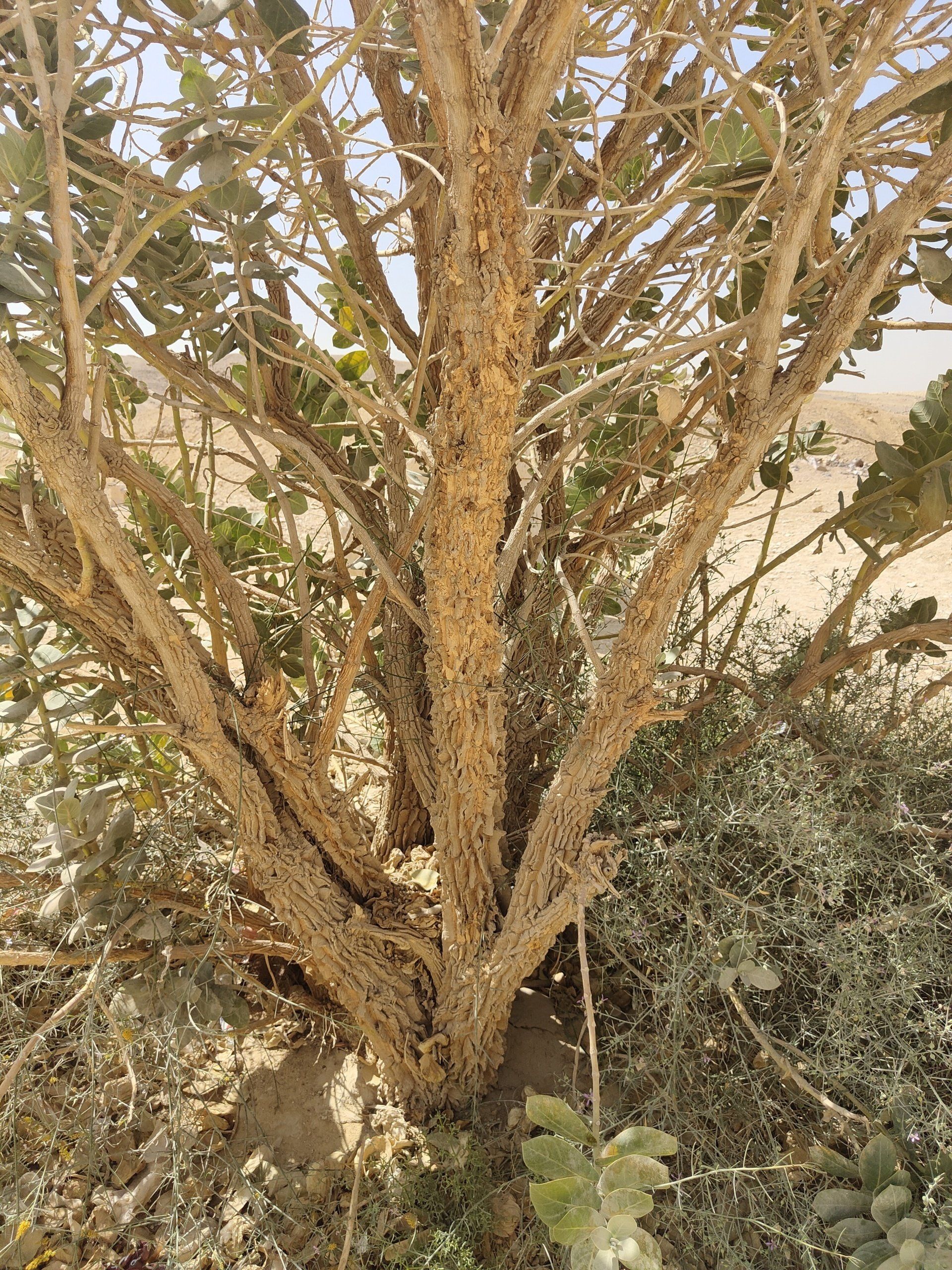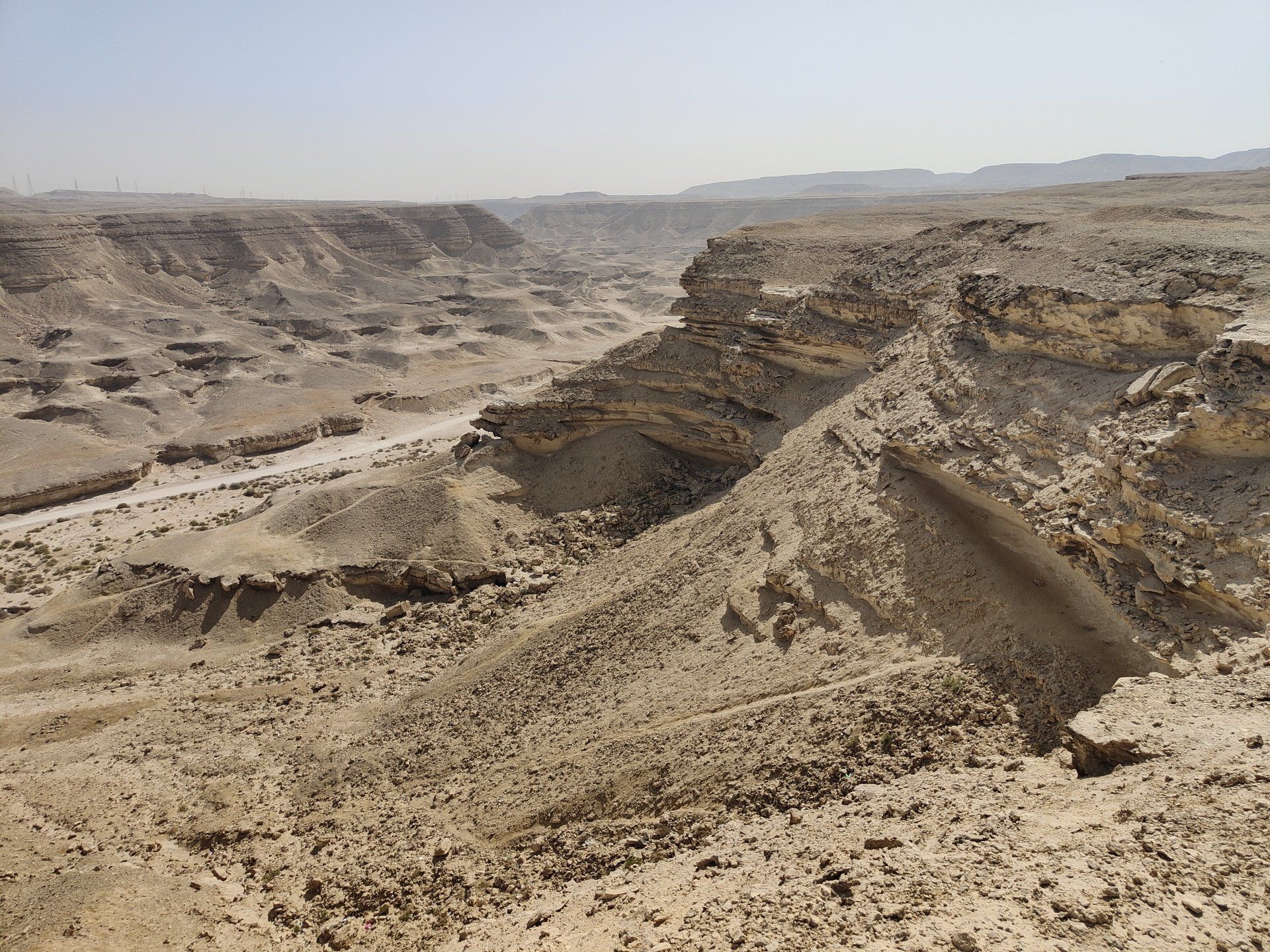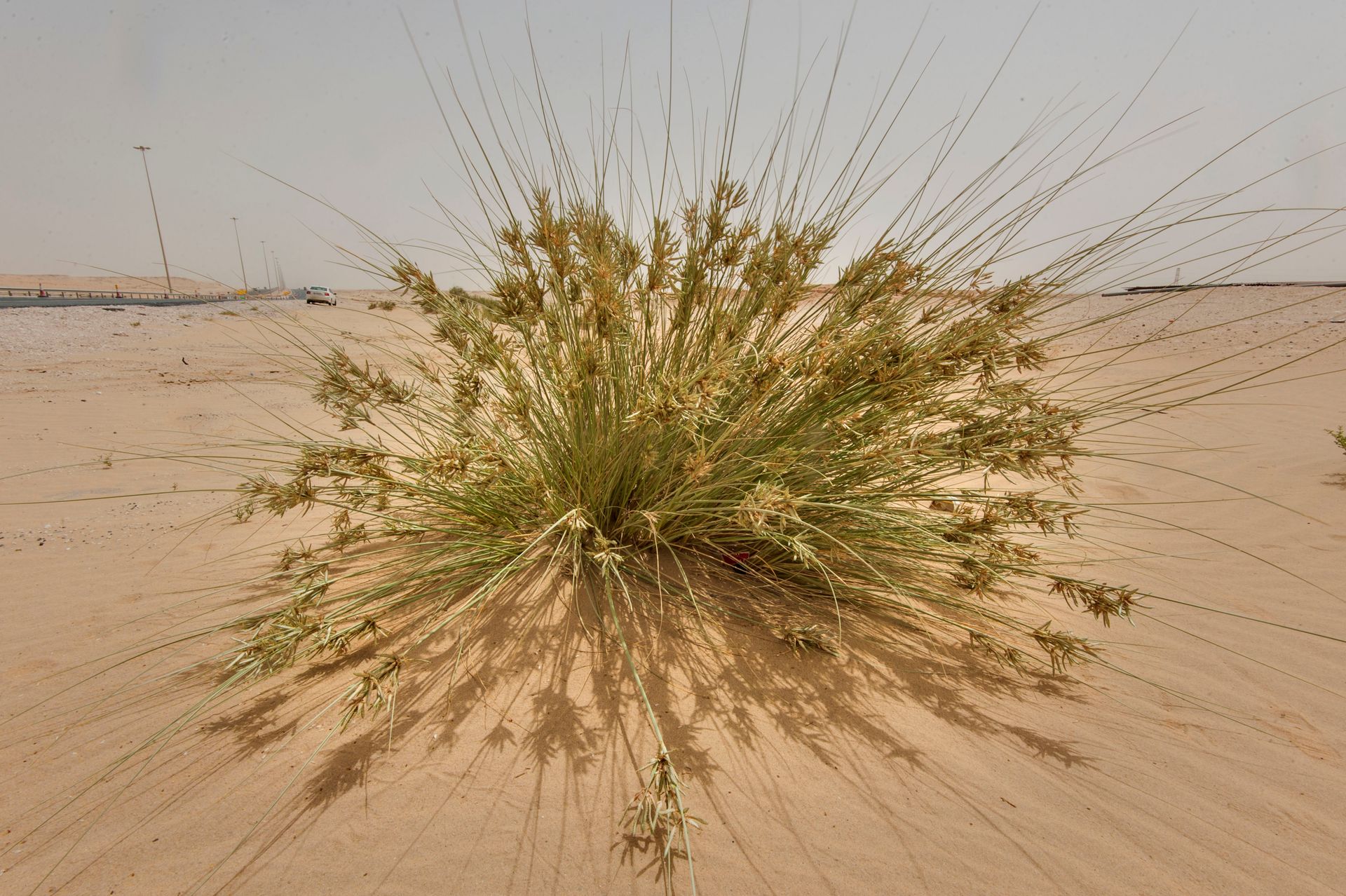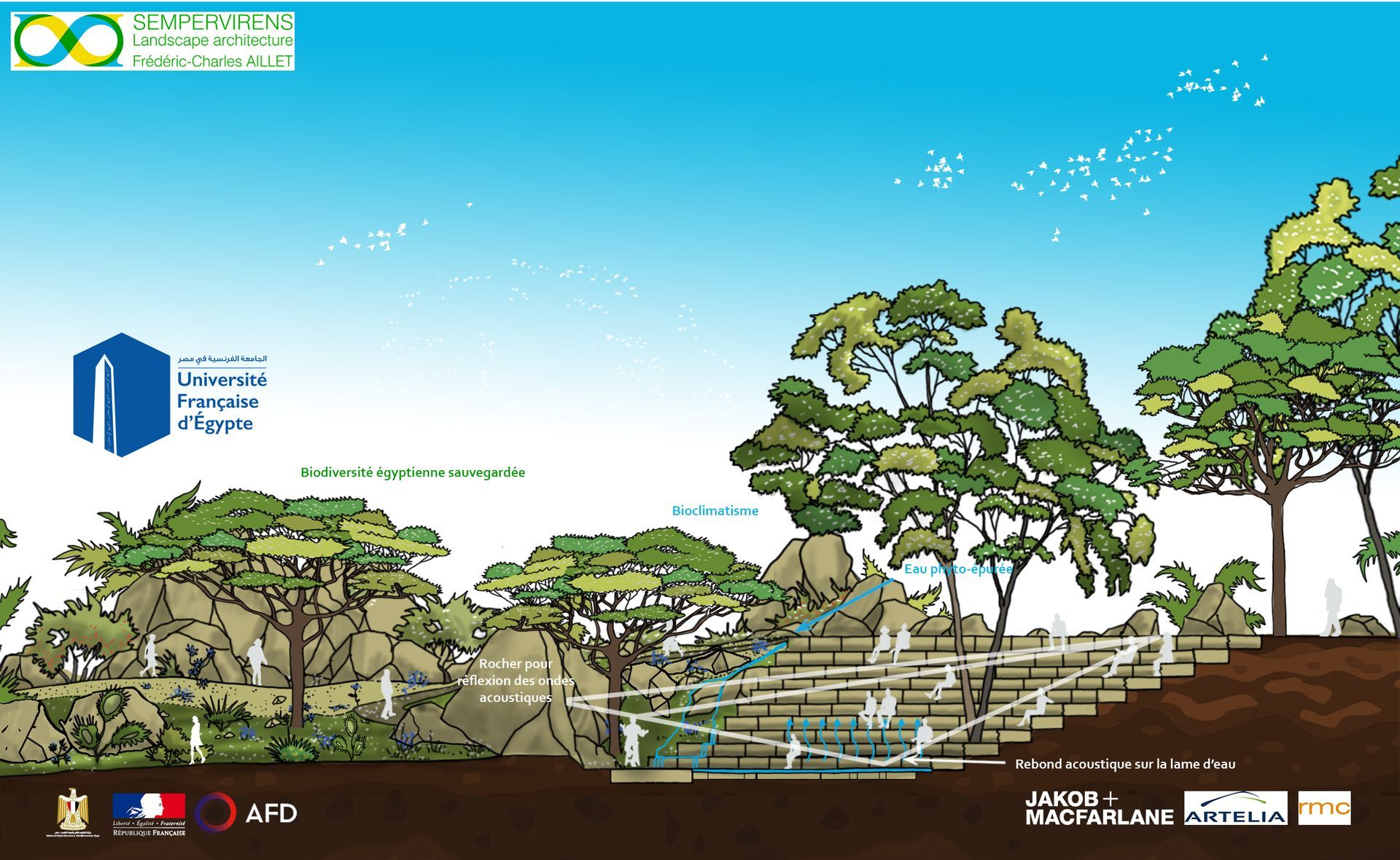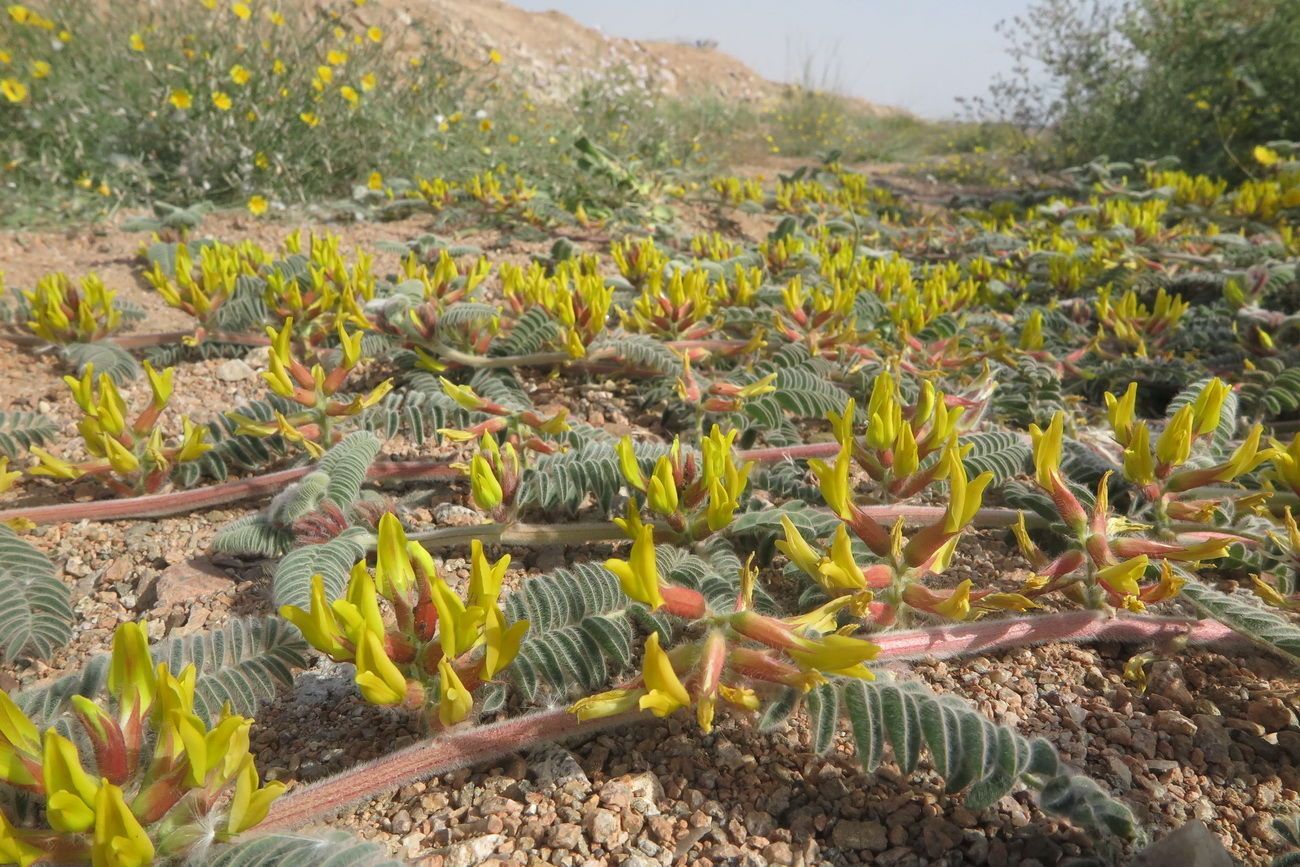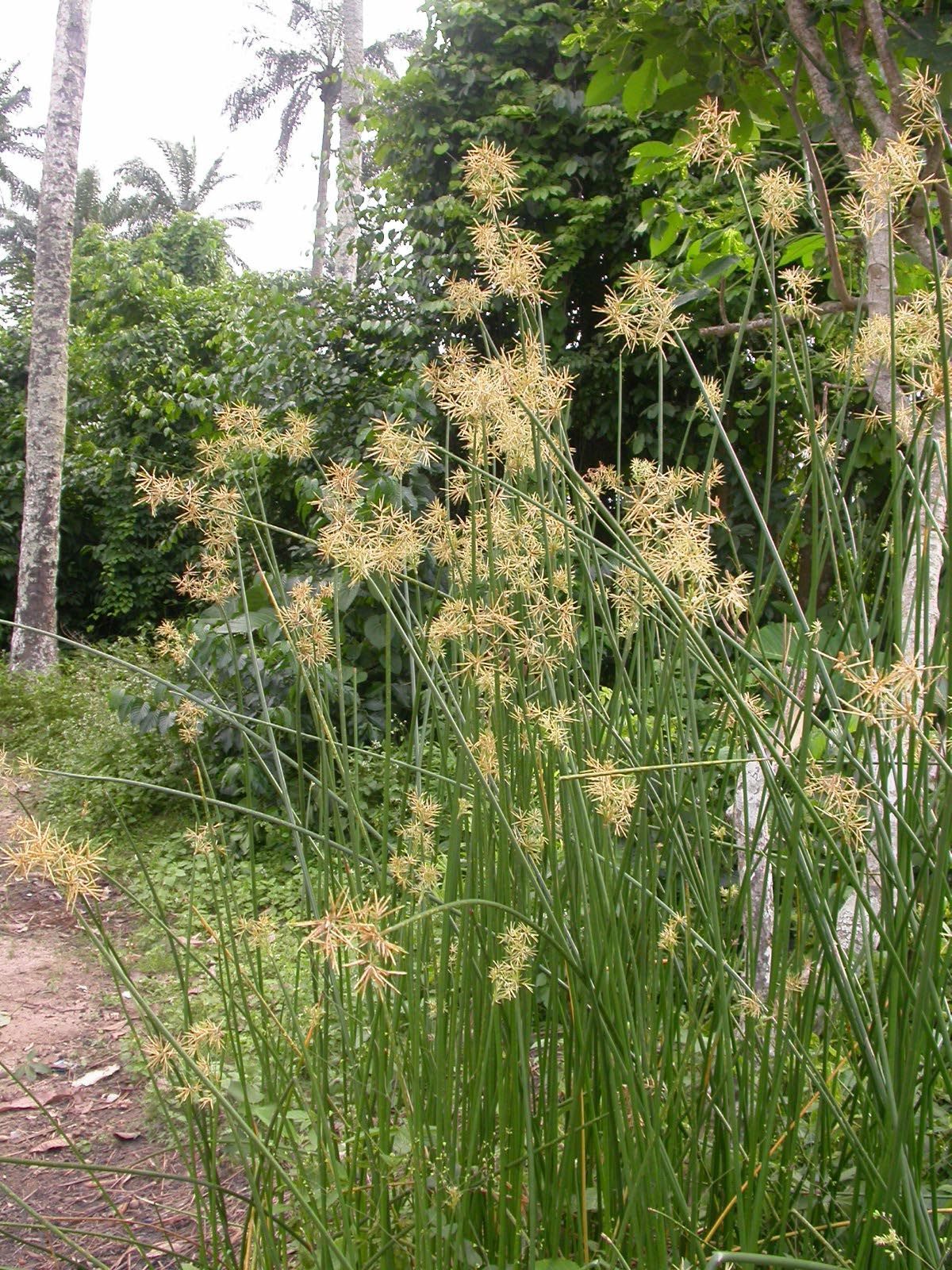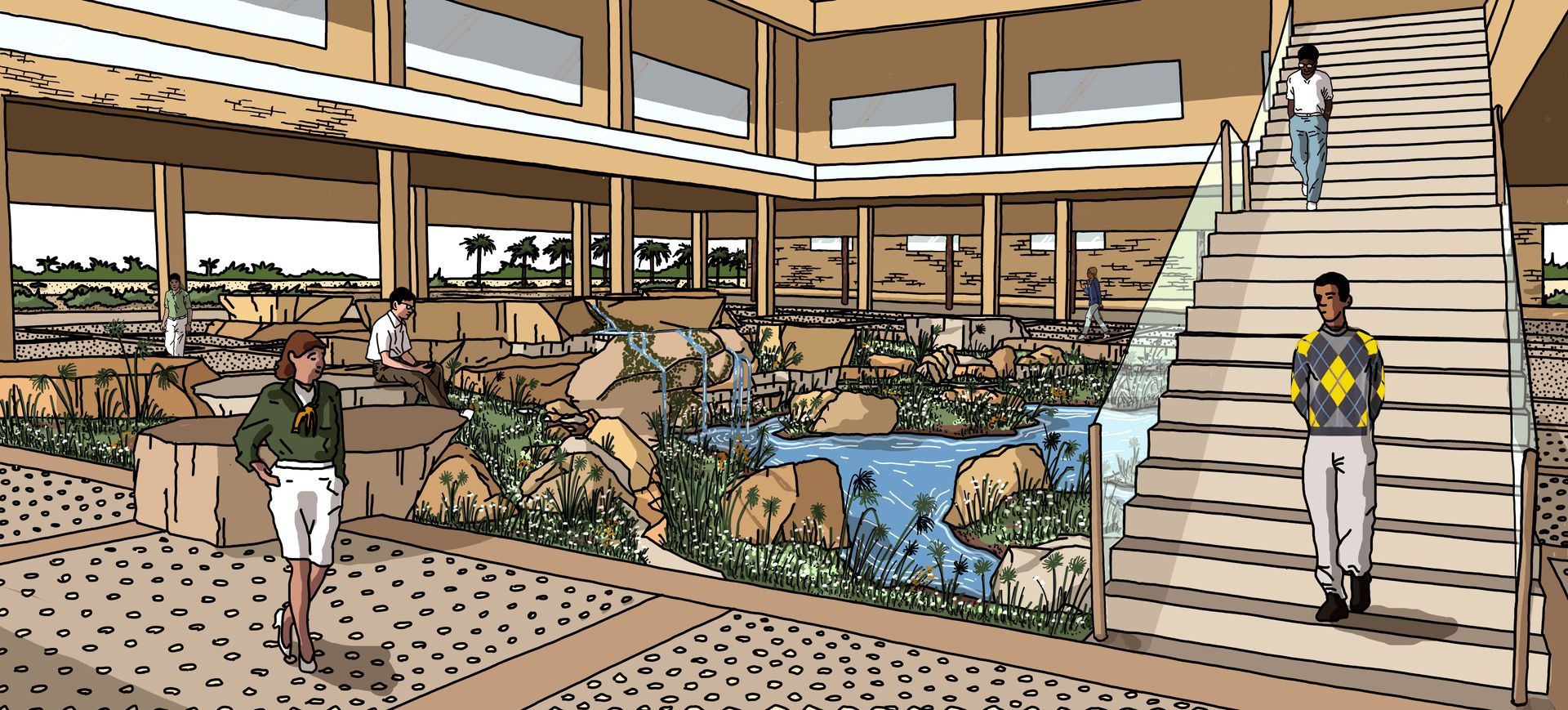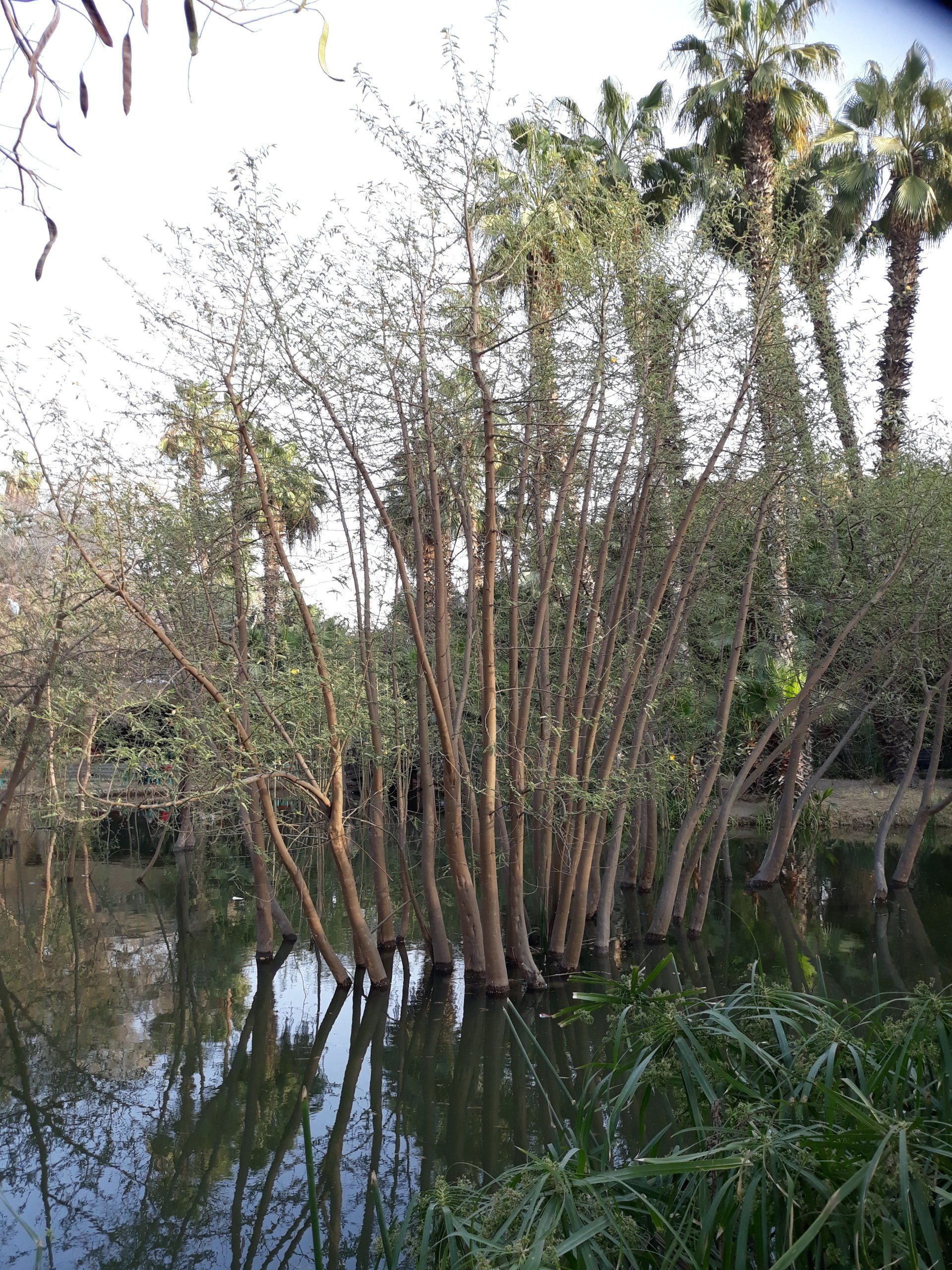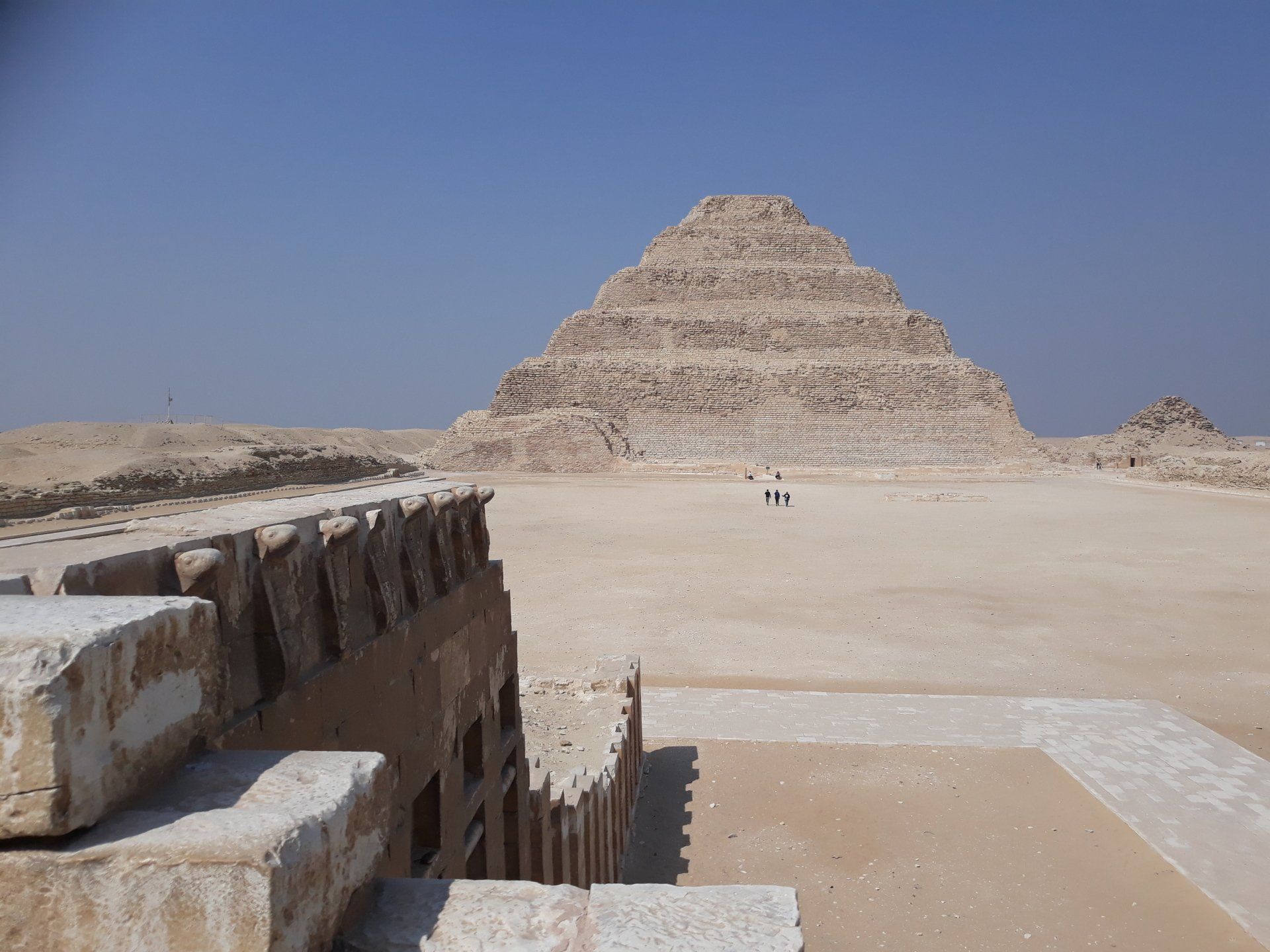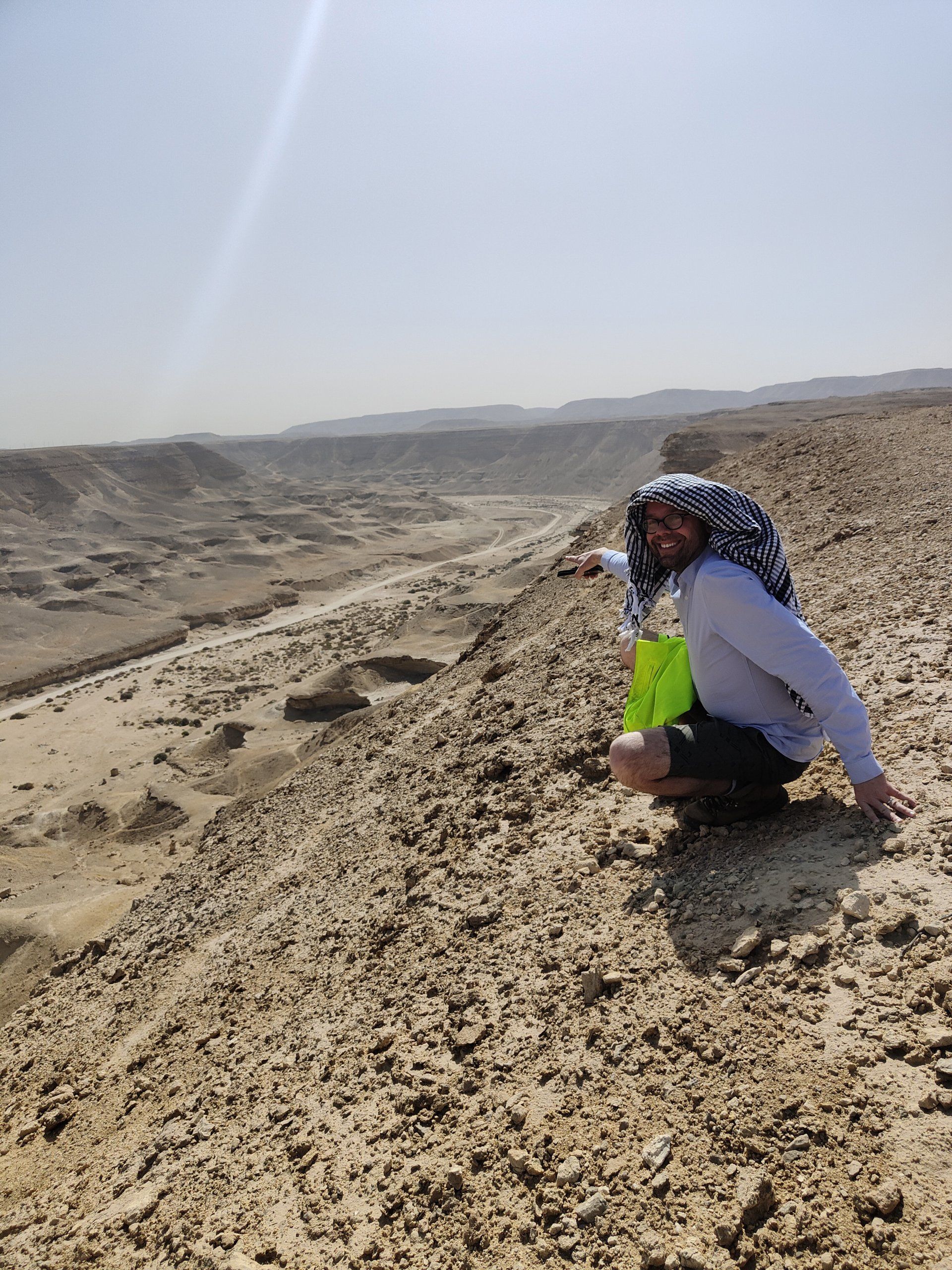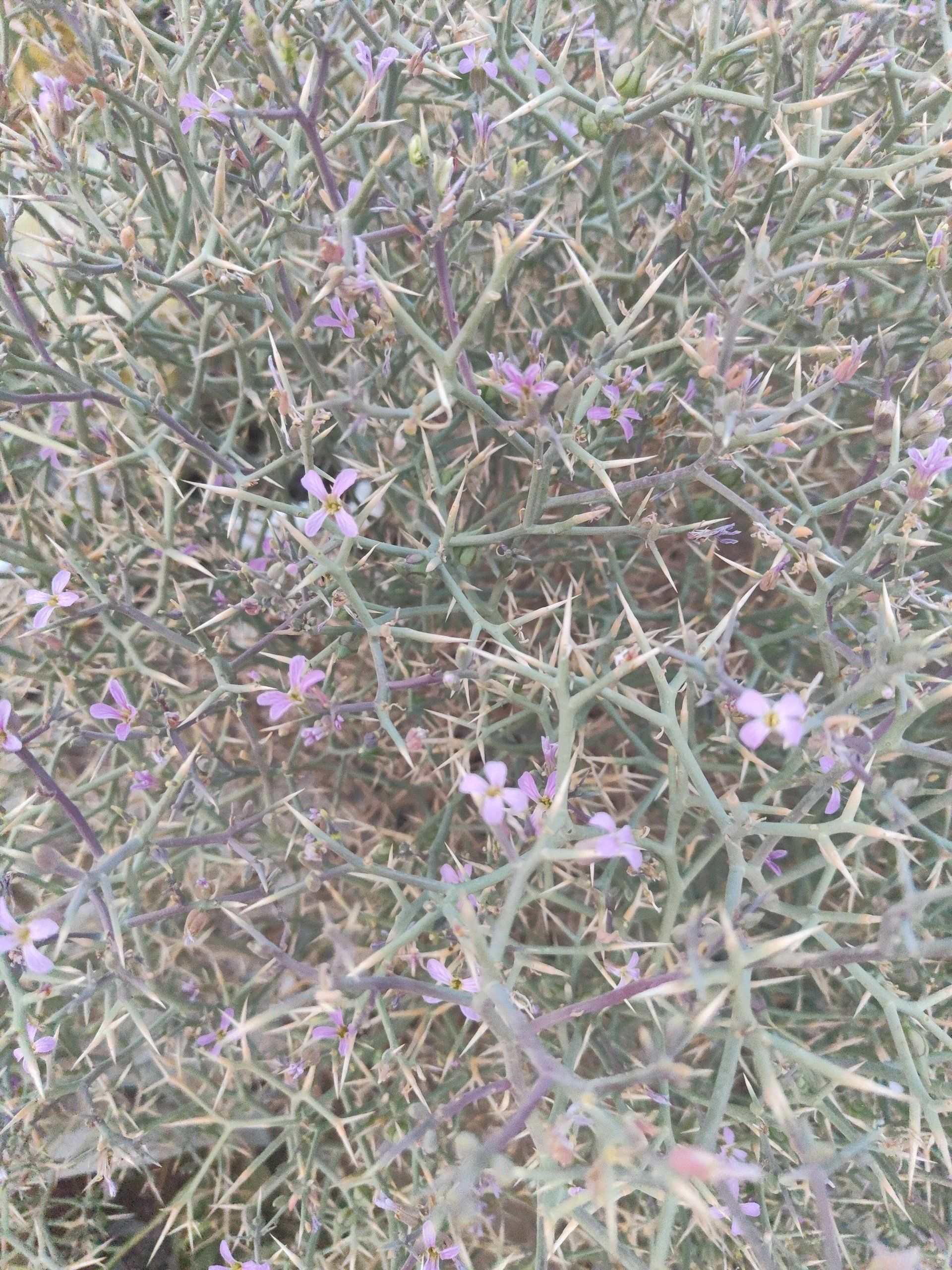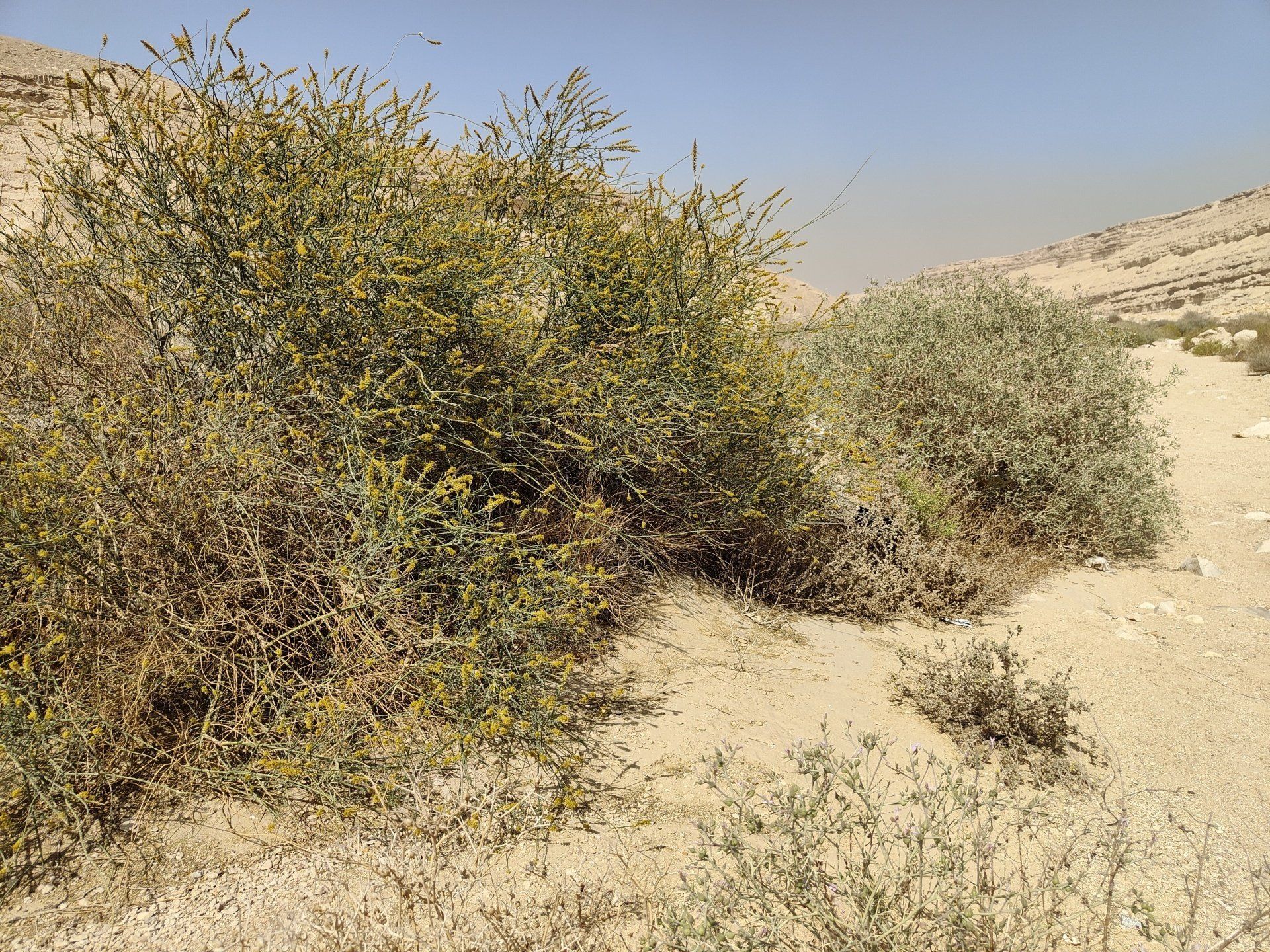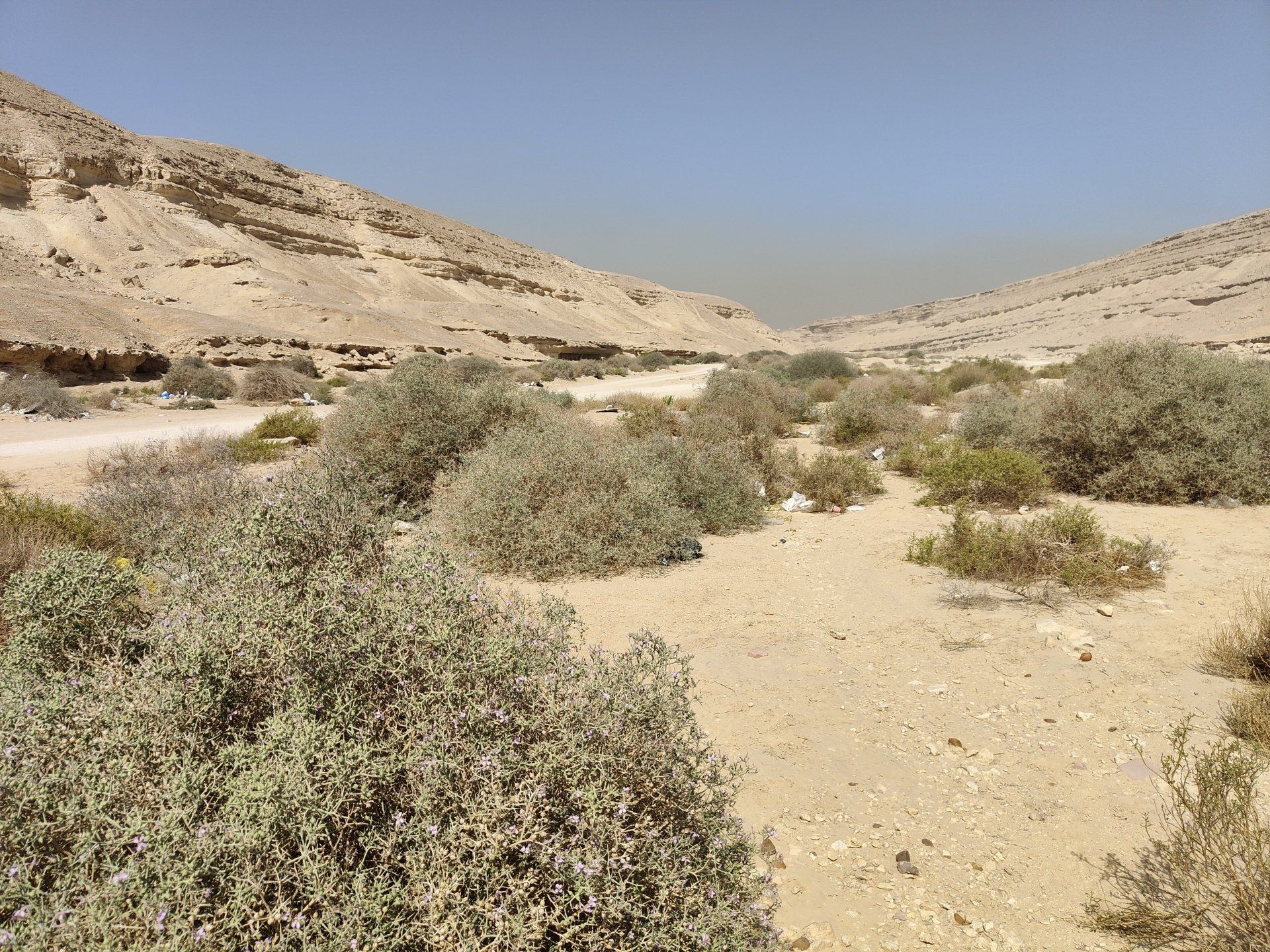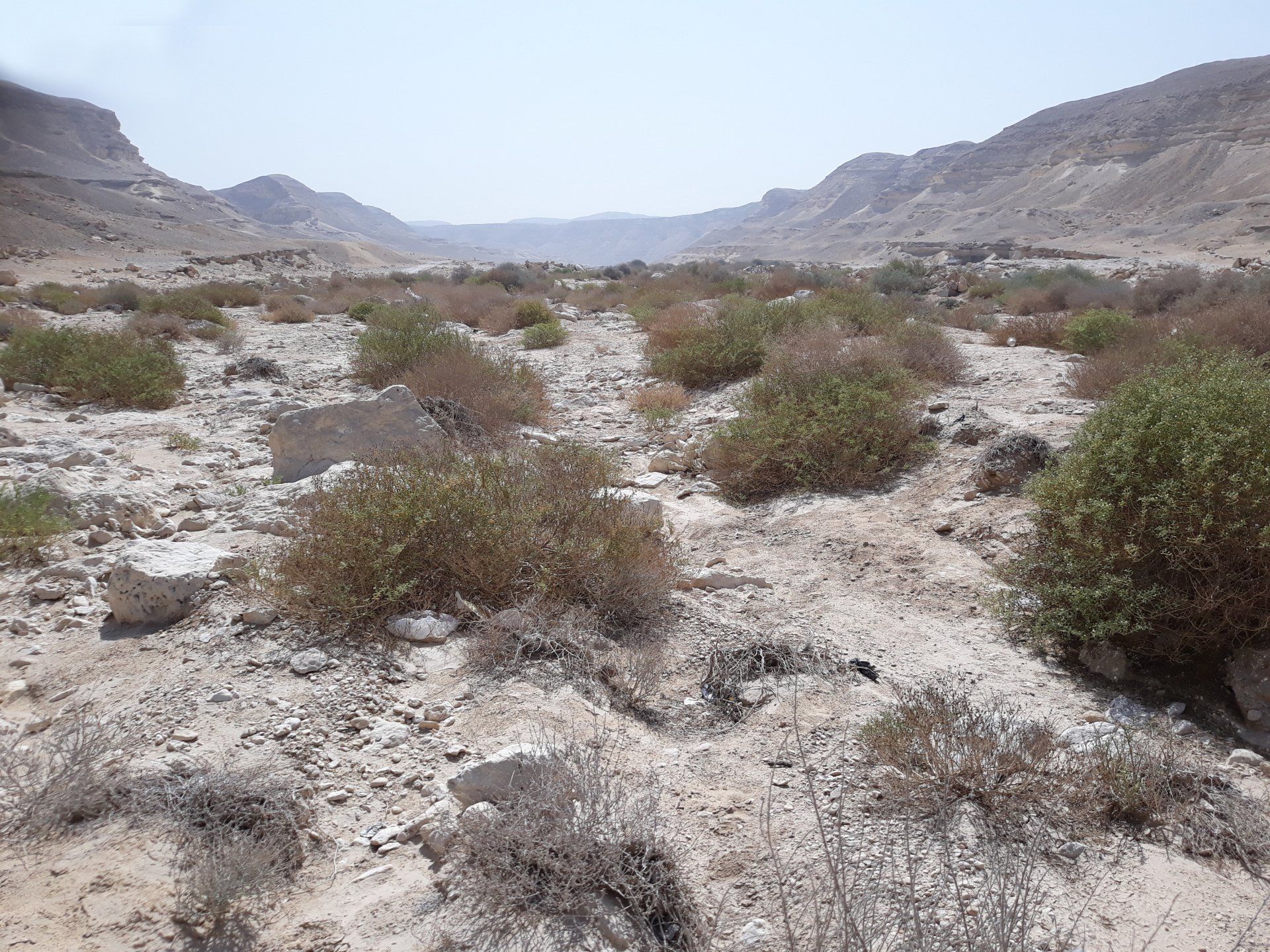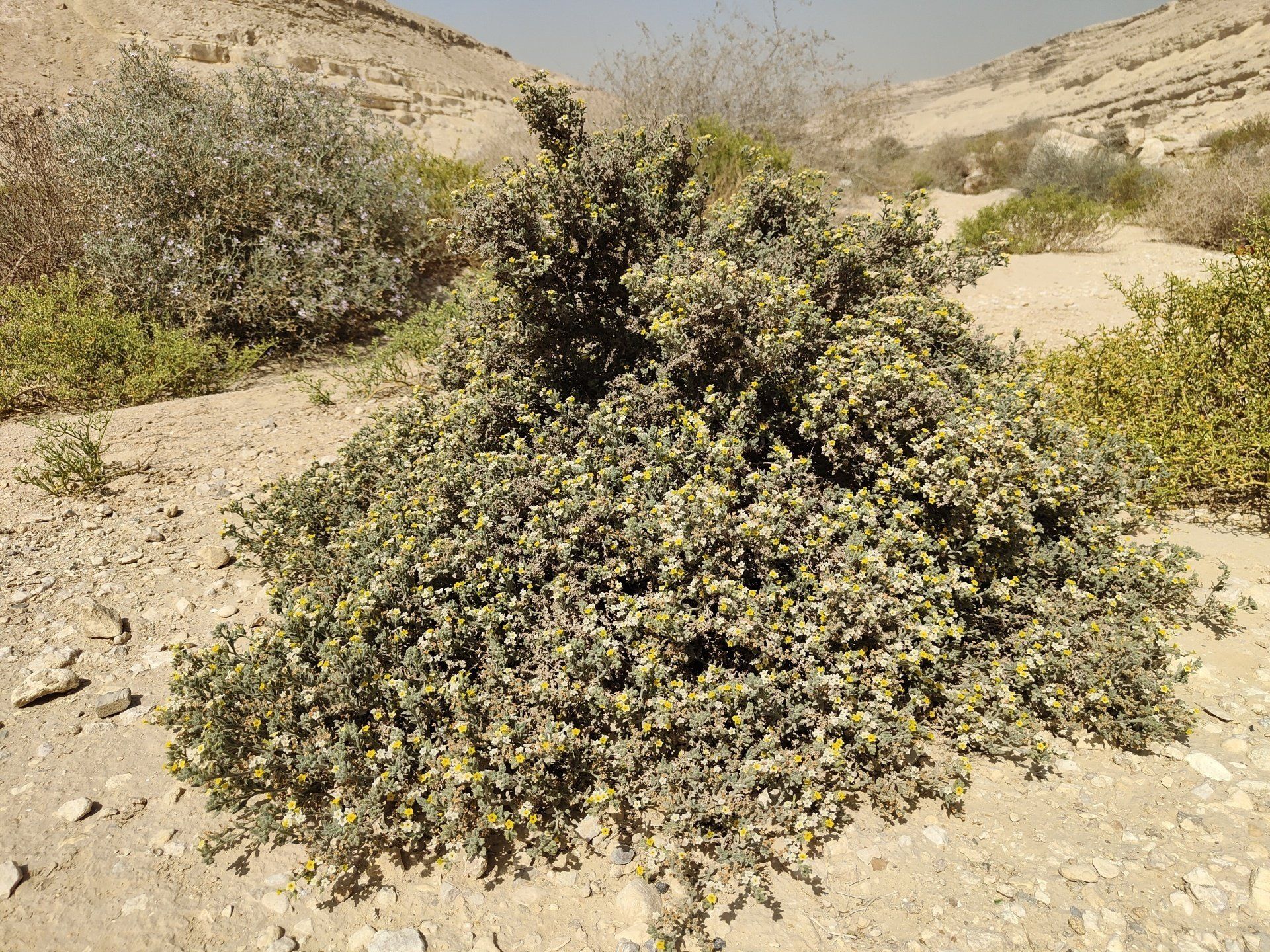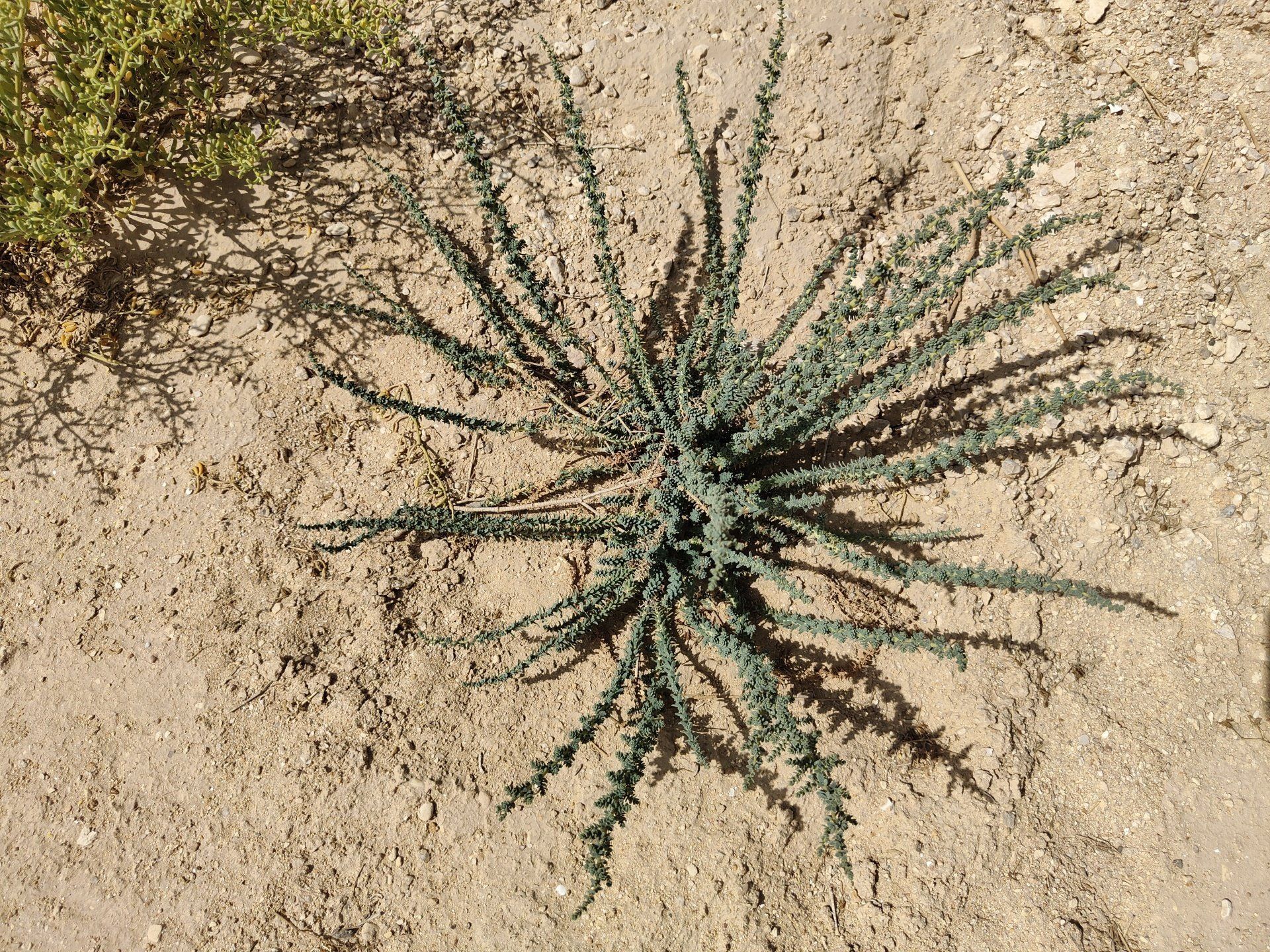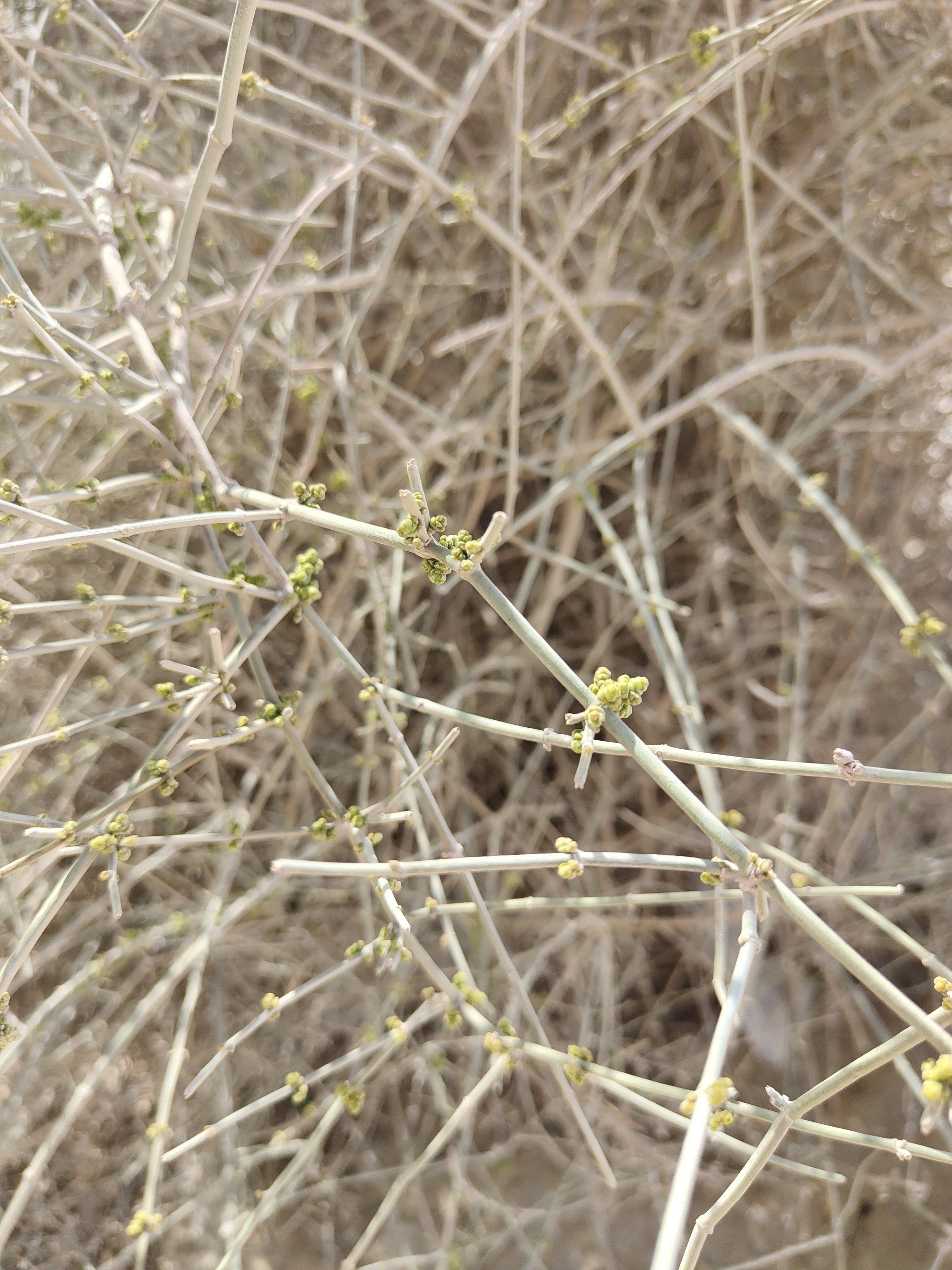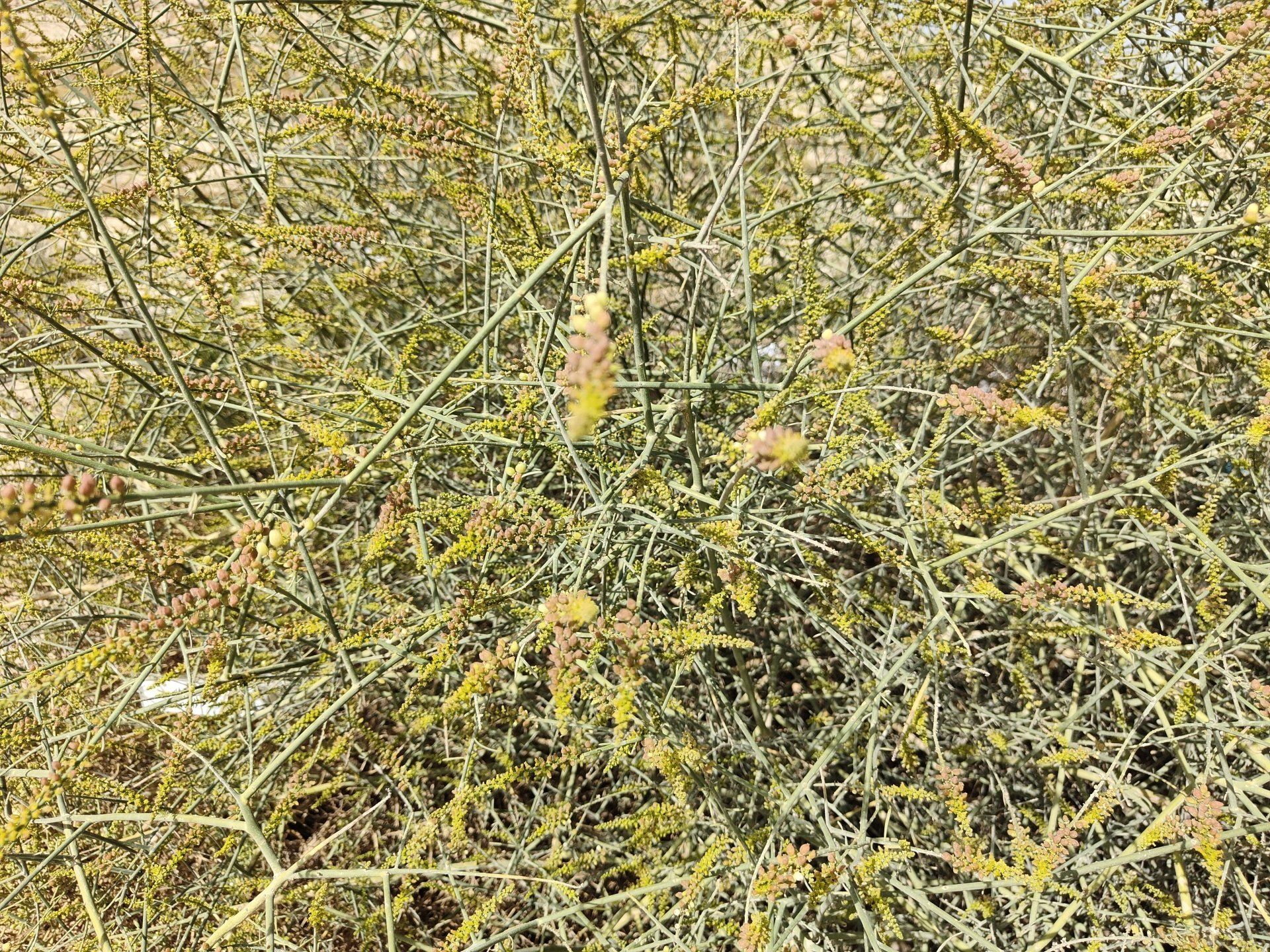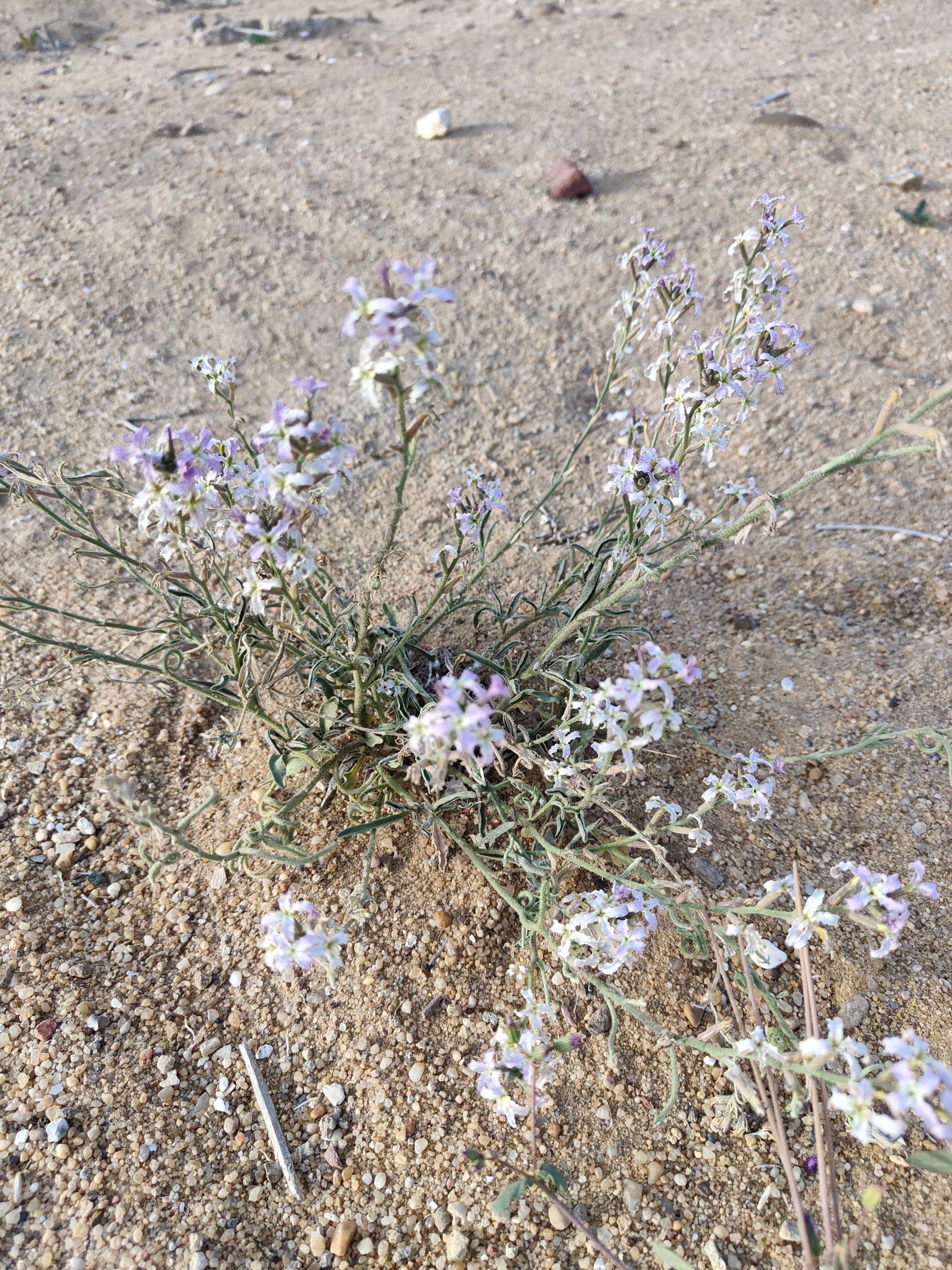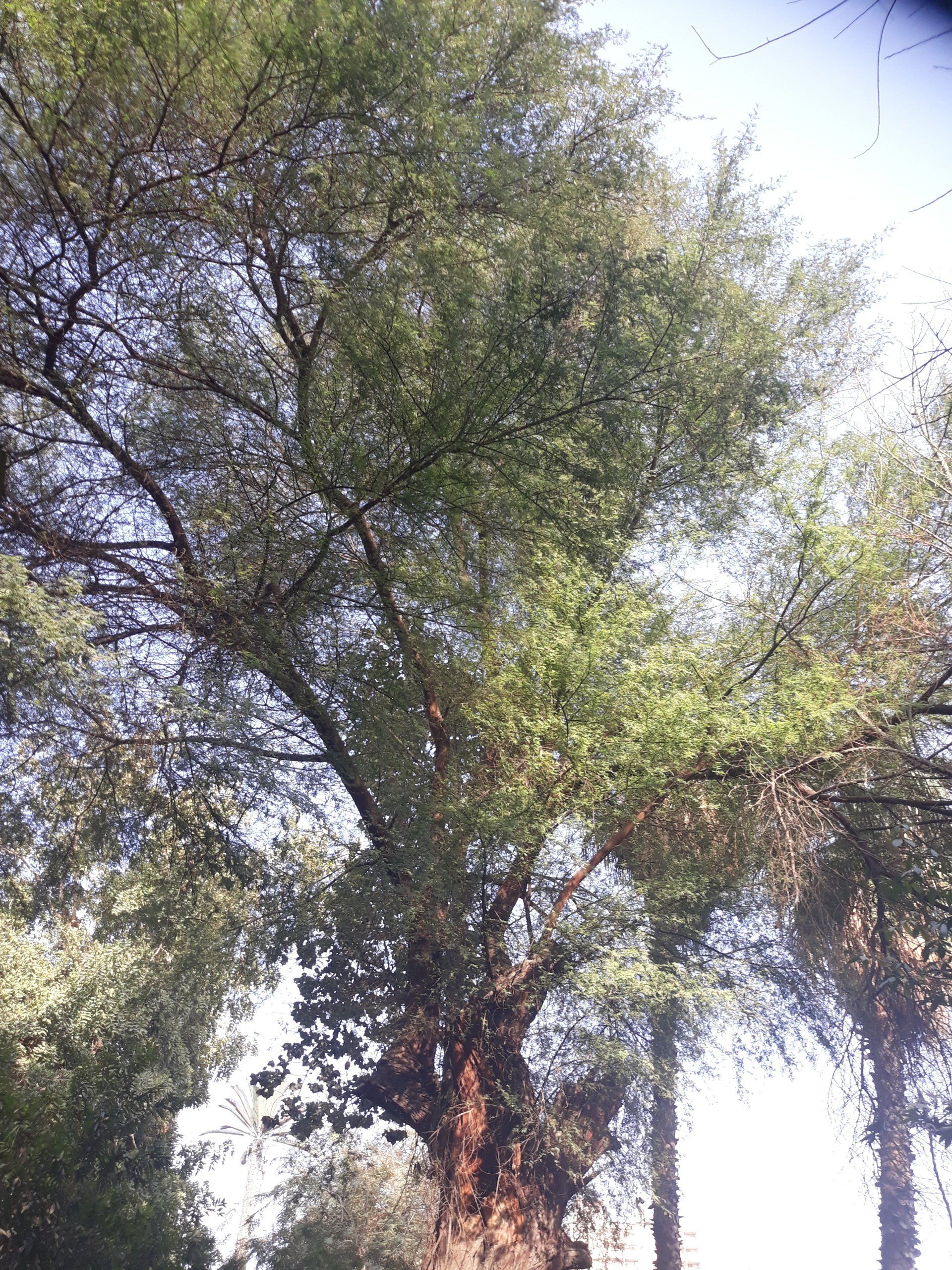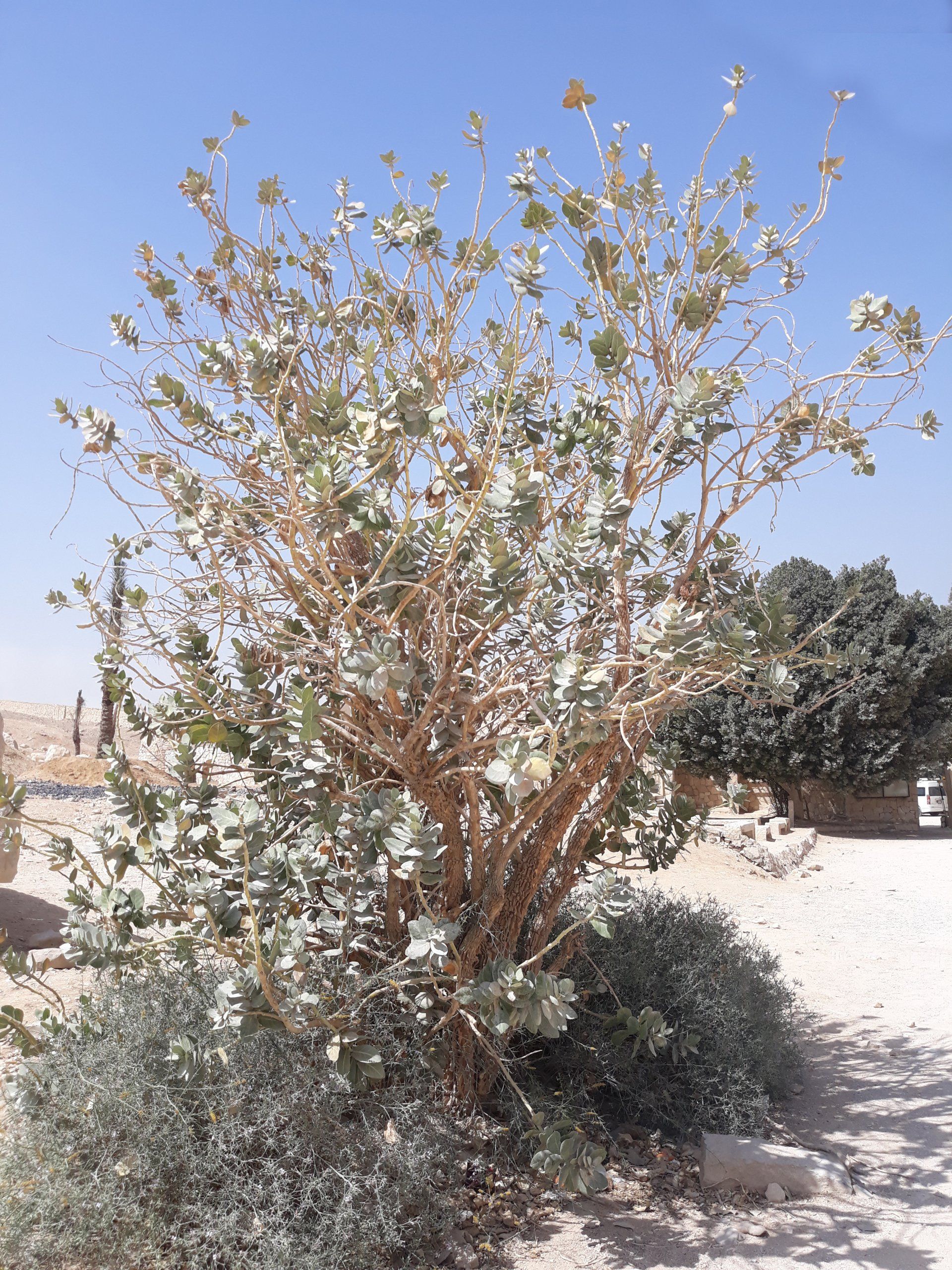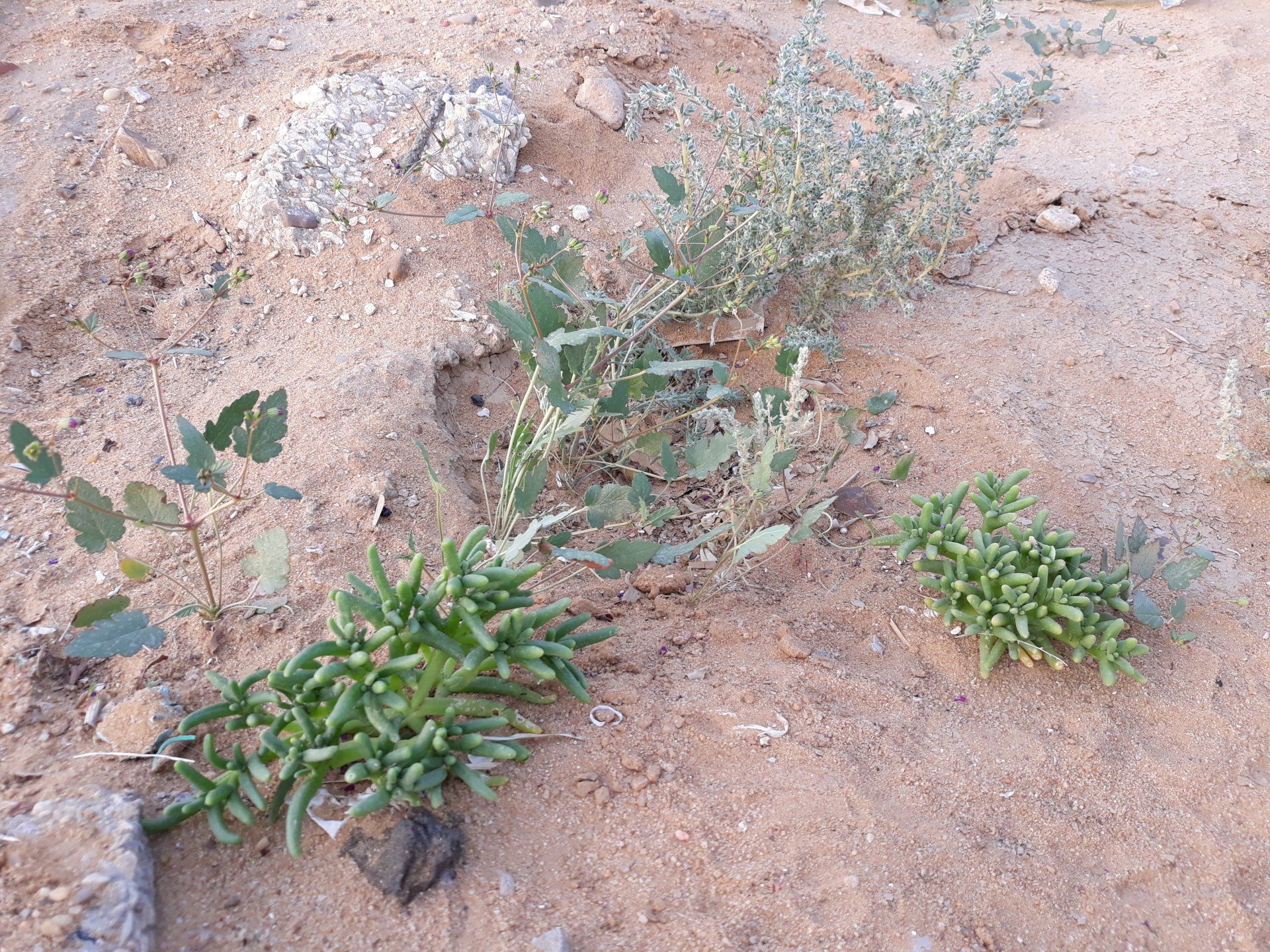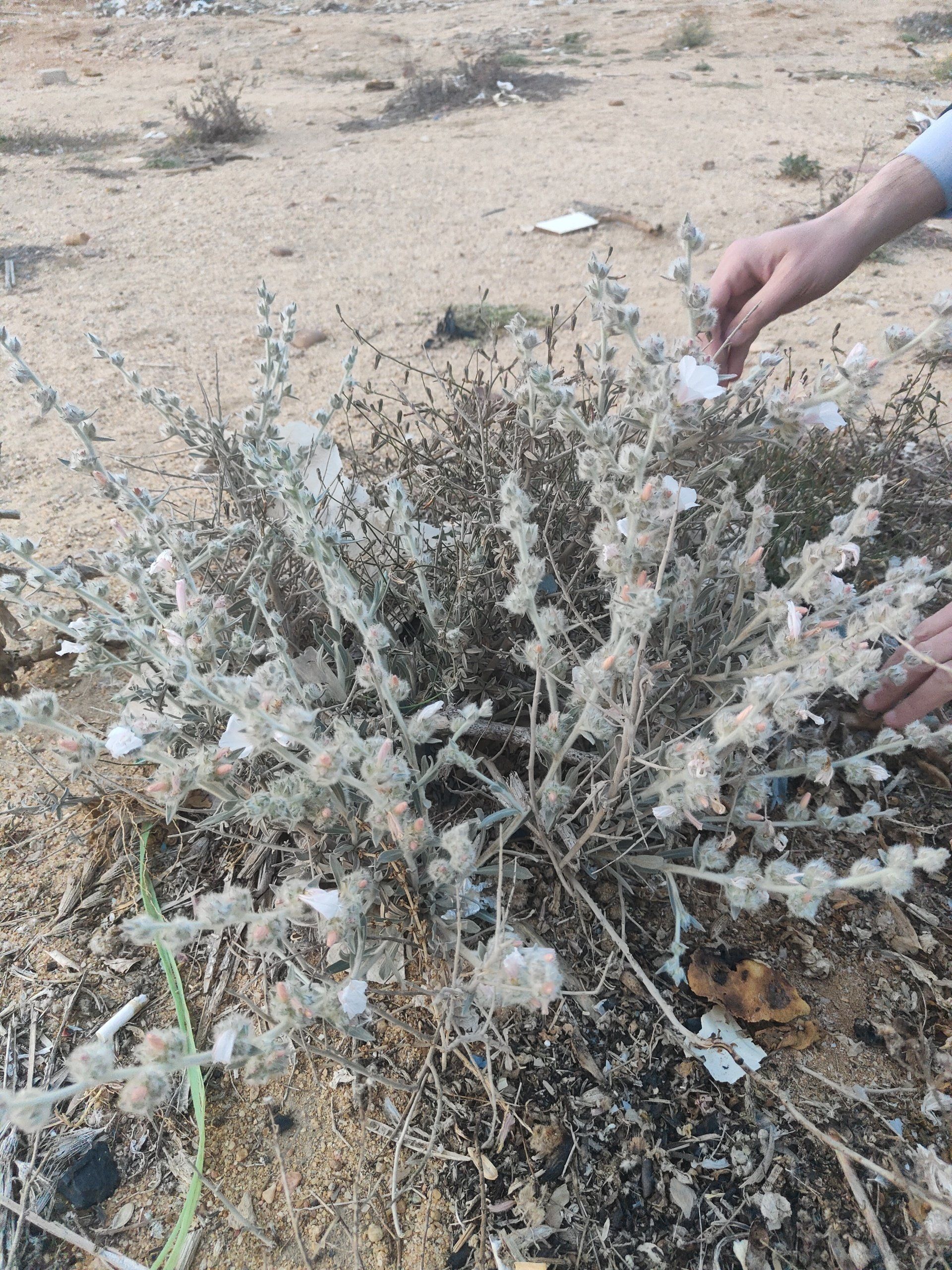Campus de la nouvelle Université Française d'Egypte Lauréat 2022 - Mission complète en cours
Presentation of new UFE in Cairo project 13 hectares, 7000 students
The French University of Egypt (UFE) is an Egyptian higher education institution Ahlaya, inaugurated in 2002 and re-established in 2019 to expand its mission to research and position itself as a top-ranked university internationally.
UFE welcomes English or French-speaking students who wish to pursue French higher education in Egypt, delivered in an Arabic-speaking environment that promotes cultural exchanges.
The programs are offered in 7 majors: artificial intelligence and robotics, mechanical engineering, architecture, management, social and human sciences, information systems (data analysis), and applied foreign languages. Courses are available at the bachelor's/undergraduate level (3 years) and master's level (2 years).
Degrees from French partner universities are accredited in both France and Egypt, including institutions such as Paris I - Panthéon Sorbonne, Paris III Sorbonne Nouvelle, Sciences Po Grenoble, the University of Nantes, and more.
This consortium of French universities offers undergraduate and graduate programs in sciences and engineering, management, social sciences, and applied languages.
Landscape Concept of UFE :
As with the Nile which irrigates Egypt, it all starts with water. At the heart of the university, inside the courtyard of the Learning center, we have created a bio-technological delta garden in the center that allows the recycling gray water from the university to create more than 100 m3 of water every day. From this source, under a bioclimatic pergola, the water is dispersed and flows into several plant typologies of extraordinary gardens:
The lush, flower-bearing and fruit-bearing gardens in the center of the site are planted in a lowered planting bed (and wicking bed for the vegetable garden) for controlled irrigation to limit water consumption.
The alignments of endogenous trees which accompany the main circulation areas by reinforcing the shade and the comfort of the site;
The natural gardens are carved into the earth imitating the style of wadi and dune landscapes which offer more than 12 outdoor amphitheaters protected by acacias, dracaenas and palm trees.
The gardens of the new French university in Egypt reflect the new relationship between humans and their environment, which is also taught within the complex.
Water filtration in each patio’s gardens :
The process of filtrating the grey water of the University was a major goal and issue for the success of the landscape project.
With this idea, we decided to create in every patios, water ponds organized with filtration layers that will help grey water used on site to be cleaned and reuse into the general water circuit.
More than just an esthetic and a symbolic composition, it’s also a pratical landscape.
By using the wadi and the oasis vocabulary, we clean used water into the evocation of wild Egyptian identity.
As the ancients found strategies to save water at all cost, as moderns, we are using nowadays landscape intelligence to serve the same goal: Save water and reusing it when it’s possible.
Transplantation : The indigenous desert gardens of Egyptian heritage biodiversity
The landscaping project of the new French University of Egypt is part of the objective of achieving an exemplary layout in terms of native Egyptian plants. This goal could minimize water consumption of plant and reinforce Egyptian native biodiversity. That contribute to the scientific influence of UFE Université Française d’Egypte.
In order to ensure the sustainability of the development in this very particular context, we wish to set up a particular plant engineering protocol. Indeed, plants from plants nurseries do not have the genetic diversity of a natural formation and are not indigenous and adapted to the difficult conditions of the site.
We therefore wish to carry out the plantations of the project partly or entirely from samples taken from similar and nearby sites which are required to host urbanization projects.
As part of the landscaping of the future French University of Egypt, a local company will be responsible for collecting plant specimens from the entire construction site with the aim of reintegrating them into the green spaces.
Transplantation involves extracting plant specimens of interest for the project, naturally present on the site, by uprooting them and then replanting them in landscaped areas. However, this final step cannot be carried out immediately as the construction site has not yet started. Therefore, while waiting for the landscaping of the future French University of Egypt to take place, the plants will be potted and stored on the plot located to the southeast of the site, near the current university premises. They will also undergo maintenance throughout the storage period.
The superficial soil containing indigenous seeds will also be preserved for reuse in the gardens.
Tree Canopy :
Alignments of endogenous trees accompany the main circulation areas by reinforcing the shade and comfort of the site and to protect the student parking lot.
L’Amphitheatre :
In order to minimize water consumption, the vegetation of the large amphitheater gardens will be planted with Egyptian xerophilic plants that consume little water. Species within xerophile plantations include plants that favor the pollination of the fruit trees.
The proportions of the outdoor amphitheaters mirror those of ancient amphitheaters. Acoustics are enhanced by the natural reverberation of voices on the limestone, as well as on a water mirror that provides natural air conditioning for the amphitheater during classes.
The following quote from Vitruvius inspired our landscape concept: "According to the rules of mathematics and methods of music, they managed to ensure that voices from the stage reached the ears of the audience more distinctly and pleasantly... by designing theaters based on the laws of the science of harmony, the ancients increased the sound power of the voice."
Conclusion :
Frédéric-Charles AILLET conducted a botanical exploration of natural reserves in the Egyptian desert, verifying hypotheses and creating the planting plan and design for the garden project through constant dialogue with Jakob+Macfarlane.
Through the gardens of the university, we wanted to reflect the quality of teaching and also a new, more respectful and sustainable relationship between humanity and its environment.
























